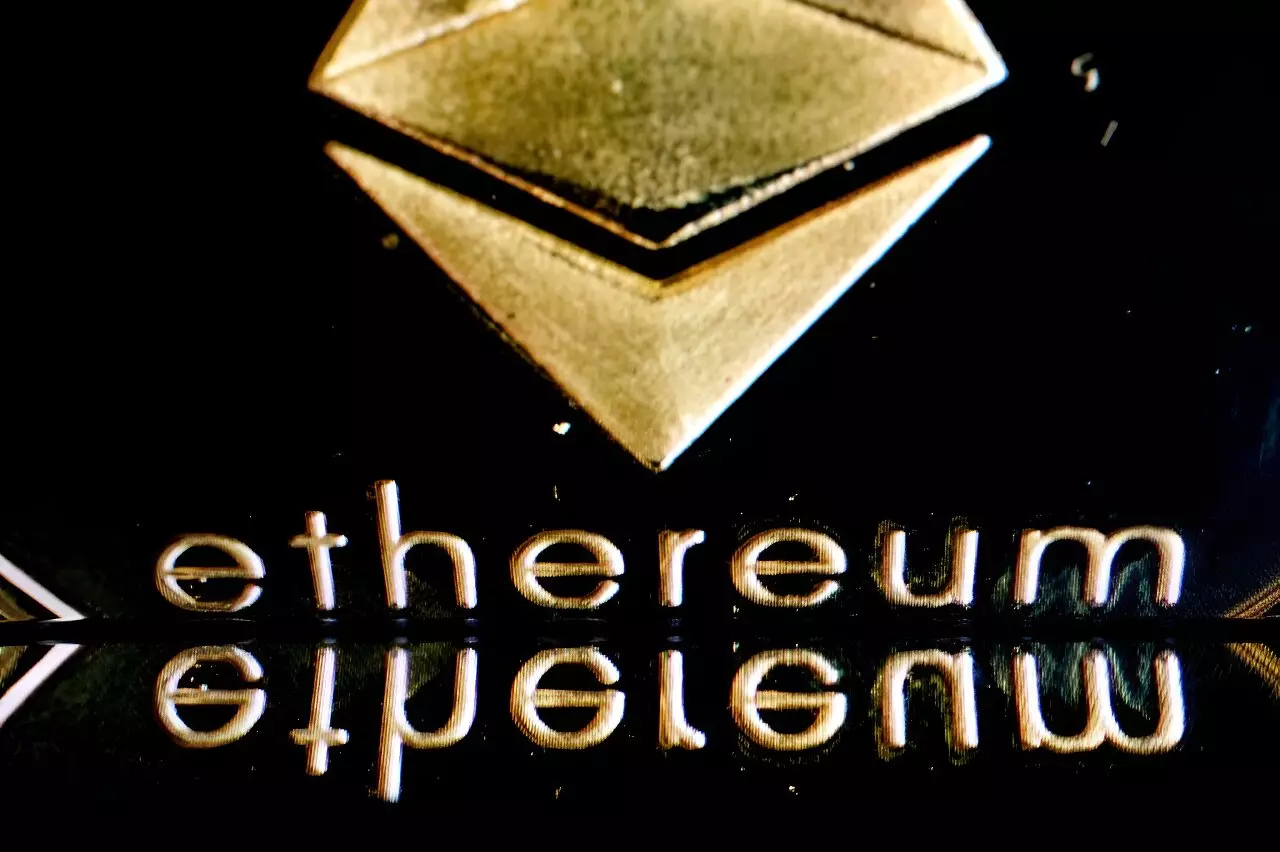In the realm of cryptocurrencies, Bitcoin has long been the star of the show, but in recent weeks, Ethereum, also known as Ether, has been making waves of its own. Launched in 2015, Ethereum has quickly become the second-largest digital currency in terms of total value, now estimated at over $460 billion. This surge has been fueled by a variety of factors, including the recent regulatory approval in the United States of a new bitcoin investment product known as an exchange traded fund (ETF).
The introduction of crypto ETFs has opened up new avenues for investors to profit from the ever-changing prices of cryptocurrencies without having to directly purchase them. This accessibility has led to a massive influx of new money into the market, resulting in record highs for both Bitcoin and Ethereum. In fact, Ethereum’s rise has been even more impressive than Bitcoin’s, with a nearly 72 percent increase year-to-date compared to Bitcoin’s 61 percent rise.
Beyond the ETF effect, Ethereum has several key factors driving its growth. The upcoming major upgrade to the technology underlying Ethereum, known as “Dencun,” scheduled for March 13, has investors excited about the future potential of the digital currency. This upgrade is expected to improve transaction processing capacity, reduce transaction costs, and pave the way for the expansion of the Ethereum ecosystem with a myriad of applications.
Ethereum is also the preferred platform for non-fungible tokens (NFTs), which have gained popularity in recent years as digital certificates of authenticity. Unlike Bitcoin, which primarily serves as a store of value, Ethereum has a multitude of potential use cases thanks to its blockchain and smart contract capabilities.
Ethereum has successfully navigated several significant technical transformations in recent years, including a transition to a less energy-intensive system in September 2022. The upcoming “Dencun” upgrade is expected to further strengthen Ethereum’s credibility and operational efficiency. Unlike Bitcoin’s energy-intensive “Proof of Work” method, Ethereum operates on a “Proof of Stake” model, allowing holders to earn interest by staking their existing Ether coins as collateral.
The adoption of “Proof of Stake” has led to a significant increase in the amount of Ether being utilized as collateral, with the current rate at 21 percent compared to just 10 percent 18 months ago. This shift towards a more sustainable and efficient model has not only improved the operational aspects of Ethereum but has also increased the potential returns for investors.
Ethereum’s meteoric rise and ongoing technological advancements position it as a key player in the ever-evolving cryptocurrency landscape. With the upcoming “Dencun” upgrade and the growing interest from investors, Ethereum’s potential for continued growth and development remains promising in the months and years ahead.


Leave a Reply